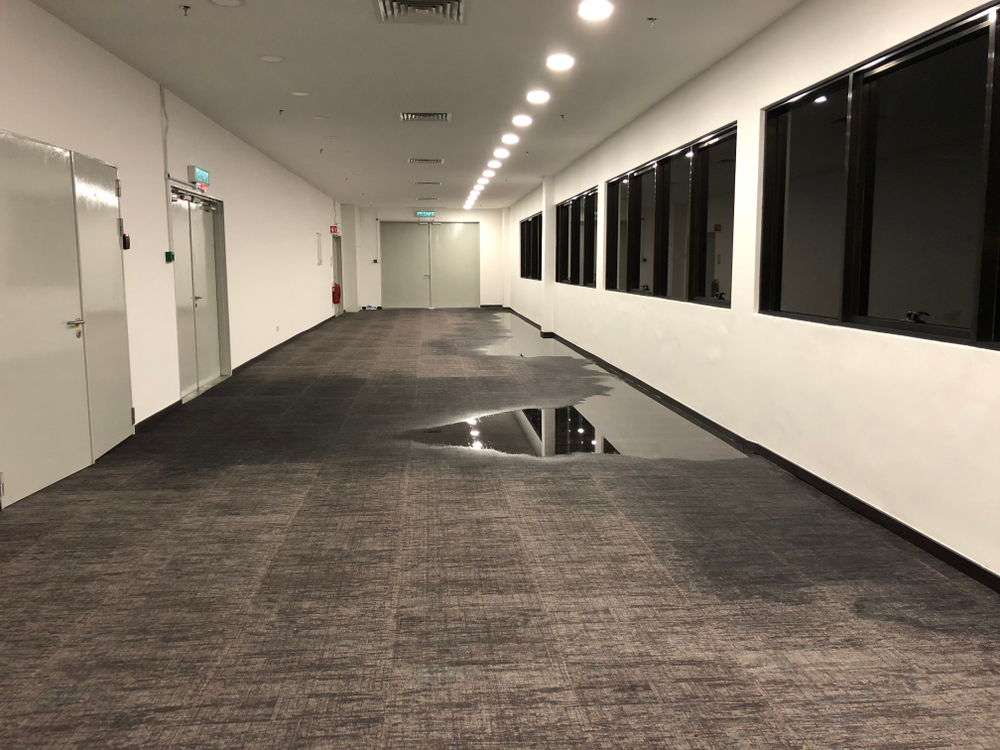- Proper design and construction: Ensuring that concrete structures are designed and constructed to be water-resistant, with adequate drainage and waterproofing measures.
- Regular inspections: Conducting regular inspections to identify and address any signs of water intrusion.
- Repairing cracks and joints: Promptly repairing any cracks or joints that may allow water to enter the structure.
- Applying water repellent sealers: Applying water repellent penetrating sealers makes the concrete surface hydrophobic which water absorption into the structure.
- Improving drainage: Ensuring that the surrounding area is well-drained to prevent water from pooling around the foundation.
By understanding the risks posed by water intrusion and taking appropriate preventive measures, building owners and managers can help to protect their concrete structures and ensure their long-term durability.
Hiring engineering professionals to investigate water damage is key. Water intrusion engineers have modern technology like thermal imaging, and equipment to detect excessive moisture or mold spores in the air.
Read more in the latest article on our website!
Investing in a Dry Future
Water intrusion engineering is an investment in the longevity and safety of your building. By proactively addressing water issues, you can save money in the long run, ensure a healthy indoor environment, and extend the lifespan of your valuable property. So, if you suspect water intrusion in your building, don’t wait – contact a qualified structural and waterproofing engineer today.






